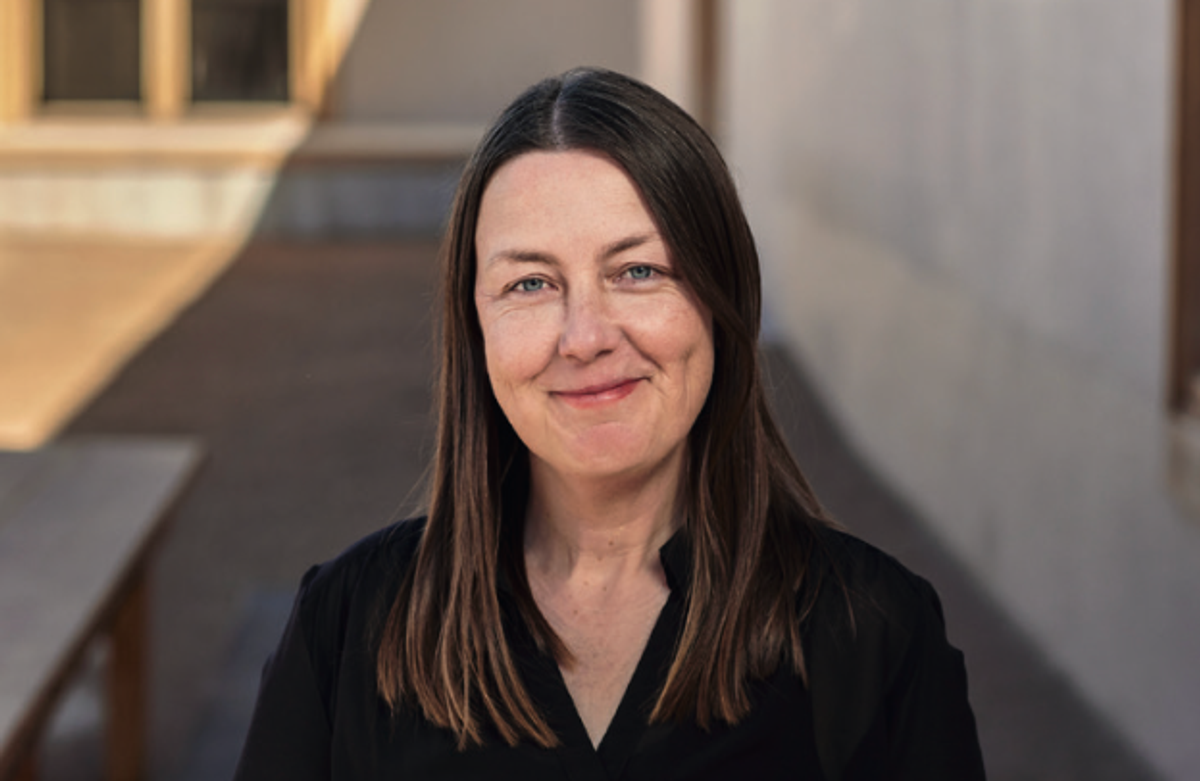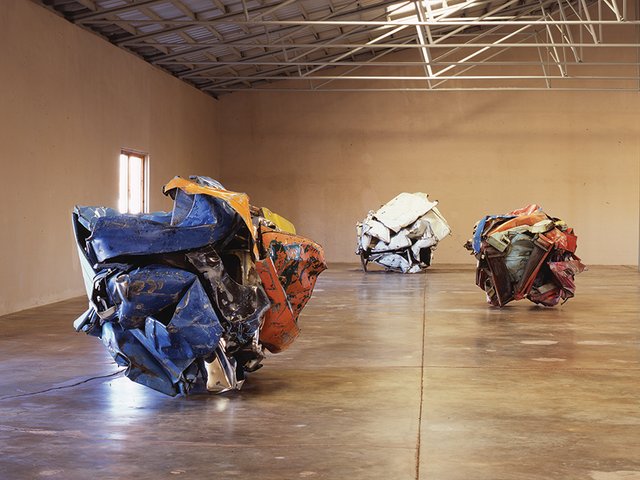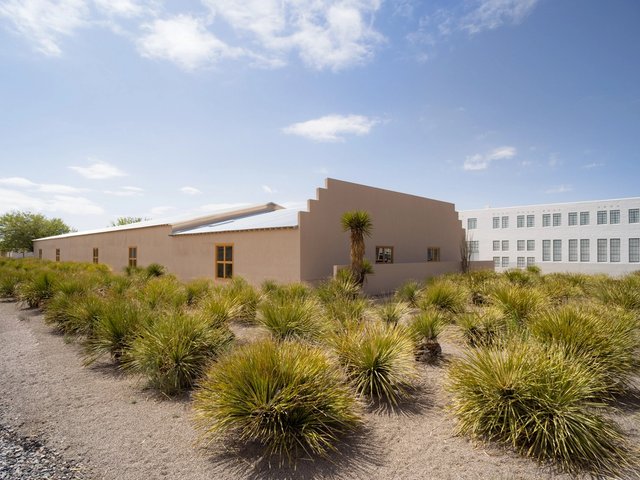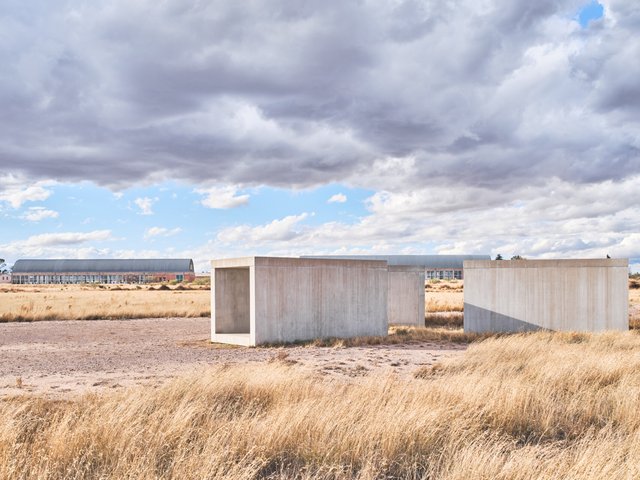The Chinati Foundation, the museum founded by Minimalist pioneer Donald Judd that helped put Marfa, Texas, on the art world’s map, has announced its new executive director is Caitlin Murray, who previously served as the director of archives and programs at the Judd Foundation.
Murray had worked since 2008 at the Judd Foundation, which maintains the late artist’s spaces and archives in both Texas and New York. She will step into her new role at Chinati in May. Chinati’s previous director, Jenny Moore, stepped down in July after nearly a decade at the museum.
“I am honoured by the opportunity to deepen my engagement with Donald Judd’s legacy at the Chinati Foundation and to lead this extraordinary artist-founded and artist-centred organisation,” Murray said in a statement.
Murray worked as co-editor on two of the Judd Foundation’s publications and served as director of archives, overseeing a two year project to organise Donald Judd’s papers and make them publicly accessible, which is set to complete later this year. As director of programs, Murray helped organise exhibitions featuring Judd’s artwork and that of other artists including Yayoi Kusama, Alvar Aalto and John Chamberlain.
“Working with …. [the] Judd Foundation during the last fifteen years has given me the opportunity to understand Judd’s range as an artist, and his commitment to art, architecture, design, politics and the natural world,” Murray said.
In 1979 with the help of the Dia Foundation, Judd purchased 340 acres of land in Marfa, located in the west Texas desert, and renovated buildings onsite to display his own sculptures alongside works by Chamberlain, Dan Flavin and Richard Long. Judd died in 1994.
Last year, Marfa’s historic district —which contains 11 buildings purchased and repurposed by Judd—was added to the National Register of Historic Places. The designation allows the Chinati Foundation and the Judd Foundation to take advantage of tax credits to offset preservation costs, which recently included a year-long $2.7m restoration of a converted warehouse home to the largest permanent installation of Chamberlain’s work. Rising temperatures in Marfa have threatened the artwork and architecture displayed there.





